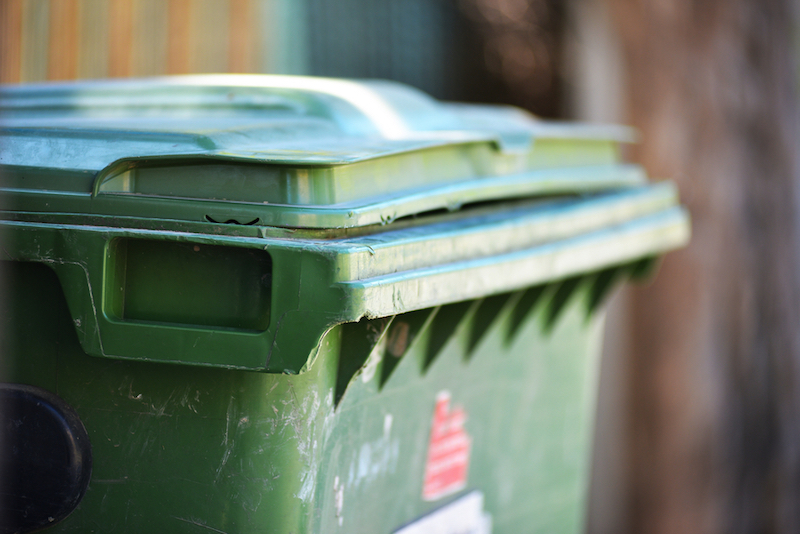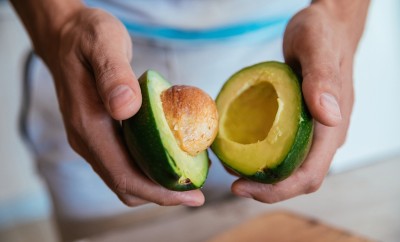Environment
Dumpster dining and other unique ways people are reducing food waste

Image: lightlens/Shutterstock
Diners throughout the country are spending up to $125 to eat dinner in a dumpster. Since launching in New York City in 2014, one group, known as the Salvage Supperclub, has branched out across the nation all the way to San Francisco. This past summer they set up wooden benches, basic tables and tea lights in a local dumpster for a series of gourmet dining experiences made from food that otherwise would have landed in the trash.
How does it work?
Unique dishes carefully crafted from overripe tomatoes, bruised peaches, misshapen pears and surplus root vegetables make up the typical menu for the Salvage Supperclub, which seeks to spread awareness of food waste. The ingredients for their cuisine are gathered from assorted local groups that are also intent on eliminating food waste, such as Cerplus and Imperfect Produce, which connect purchasers with foods like “ugly fruits” that would normally get tossed by local businesses. Approximately one quarter of the Salvage Supperclub dinner profits are donated to Food Runners, an organization that picks up perishable food donations daily from cafeterias, hotels, restaurants, bakeries, etc., and delivers them to various feeding programs for the needy throughout San Francisco.
Other organizations do essentially the same type of work, such as We Don’t Waste of Denver, other American food waste resources, and the numerous food donation programs managed through the Food Donation Connection.
Where did this idea originate?
The original term “dumpster dining” is based on the freegan concept of actually taking edible food from dumpsters, washing it up at home and eating it. Freegans (or those with similar beliefs, as well as some who simply want to eat free) sometimes prefer to be called “post-consumers” or “urban harvesters.” They typically shun unnecessary spending and capitalism’s wastefulness in general, protesting it with their regular dumpster gleanings for food, as well as other items. There’s plenty of disagreement about the practice however, from food safety experts, to those who point out it’s in violation of the law.
How much food is wasted?
All warnings aside, the USDA provides estimates of over 96 billion pounds of edible food being discarded in the U.S. annually, which gives the practice of dumpster dining—although perhaps not eating directly from the trash—a certain appeal. With most food discarded by businesses being at least a week away from spoiling, it seems only right that groups like the Phoenix-based Freegans haul it in by the truckload for large community meals every week.
However we choose to do it, minimizing our own food waste is a central goal of sustainable living. Josh Treuhaft, founder of Salvage Supperclub, believes the problem of food waste is centered around attitudes. When food doesn’t look perfect, people assume it isn’t good enough to eat. While this isn’t the case, it does drive food distributors and business owners to discard imperfect looking food for fear of consumer rejection. According to Treuhaft, his dinners are about starting a conversation on the subject of unnecessary food waste that might not have otherwise taken place. He recently explained to NPR that, for him, “It’s about getting people to change their attitudes and behaviors around food – and by doing so, shifting our food system from one that throws away aesthetically imperfect foods to one that embraces the highly imperfect and variable nature of all living things.”





0 comments